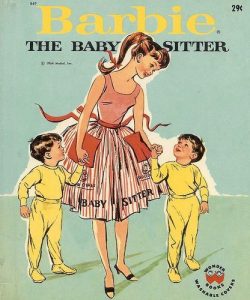
While the rapid rise of social media does reduce the novelty of hypertext fiction, I believe that this rise, as well as the rise of personal video games (as opposed to games at an arcade), could lead to a resurgence and possible eventual widespread awareness of hypertext fiction and other forms of e-literature. Both social media and video games encourage many of the facets of e-literature: multilinearity (open world games), stories with various concurrent viewpoints (multiple users Tweeting about a breaking event), link structure (moving between pages, sites, accounts, stories, etc from a central social media site)…with these (and more) interactive aspects becoming regular parts of our everyday lives, as well as the growing community of Twine creators and readers, I believe that hypertext fiction could easily grow in public awareness in the coming years.
As far as expressing that which print cannot, I believe that e-literature allows us to experience a story in more dynamic, more personal, and even more lifelike ways. Firstly, a reader is able to more or less choose how they want to navigate through any given e-literature piece, which is a freedom not readily available with traditional printed literature, but is closer to the flexible nature of our own thoughts and memories. The flexible nature of e-literature is also increasingly reminiscent of our own lives: hyperlinks embedded within stories are no longer something strange and startling, but are natural to the modern reader, even lending an air of familiarity or intimacy to the work. I believe this flexible multilinearity also allows a broader kind of story than traditional literature is capable of.

